China seems to get a bad rep when it comes to food. Those I’ve spoken to in the past who’ve had food in China usually use the same word; bland. The internet has also posted videos of Chinese people “salvaging” used cooking oil in drains, aptly called “gutter oil“. There are news articles which show crocodiles and frogs being found in Chinese Walmarts. (Frogs, I get, but crocs?) We all know of the infamous Yulin Dog Meat Festival where horrible pictures are on the internet showing scared dogs in small cages and their carcasses after being skinned and butchered. They also eat cat meat (!), an ingredient used in a Guangdong dish named “Dragon, Tiger, Phoenix soup“, which also contains snake meat (the “dragon”). At least they don’t literally eat tiger meat. Oh wait, they do, specifically tiger penises which are used in a soup.
Having eaten dog meat and horse meat in the past, I learned that in many parts of the world, the protein commonly used in local cooking is dictated by availability, price, ease of acquisition, and also tradition. It isn’t “weird” or “disgusting” to people who grew up eating these exotic meats. There are even those who eat lions and bears, although that is now largely done for novelty by rich Westerners who have nothing else to do with their money. (If there is a silver lining in all of this, it is that the animals were old when they are killed, although it still doesn’t feel right.) Anyway, I am someone who, given the chance and for free, would sample these exotic meats. But I digress.
Despite the bad rep China gets for its food, there is actually a lot of delicious food to be had. You may have heard of Sichuan cuisine. Spicy, sinus-clearing, tongue-numbing goodness, especially mapo tofu, in my opinion, the dish that most represents what Sichuan cuisine is all about. You may have heard of Peking duck. Not at all the same as any Peking duck found outside of China (I want to even say Beijing because I didn’t see it in other cities in China). The basted, crispy, honey-sweet skin from Peking duck melts in your mouth as soon as it lands on your tongue. (Tip: I had Peking duck at two places. I personally don’t recommend the famous but tourist-trappy Quanjude Peking duck because it is very overpriced. Instead, I recommend Peking duck from a restaurant called “Jingzun”. Although a little out of the way, this place is not touristy and gives as good, if not better, Peking duck for half the price of Quanjude.)
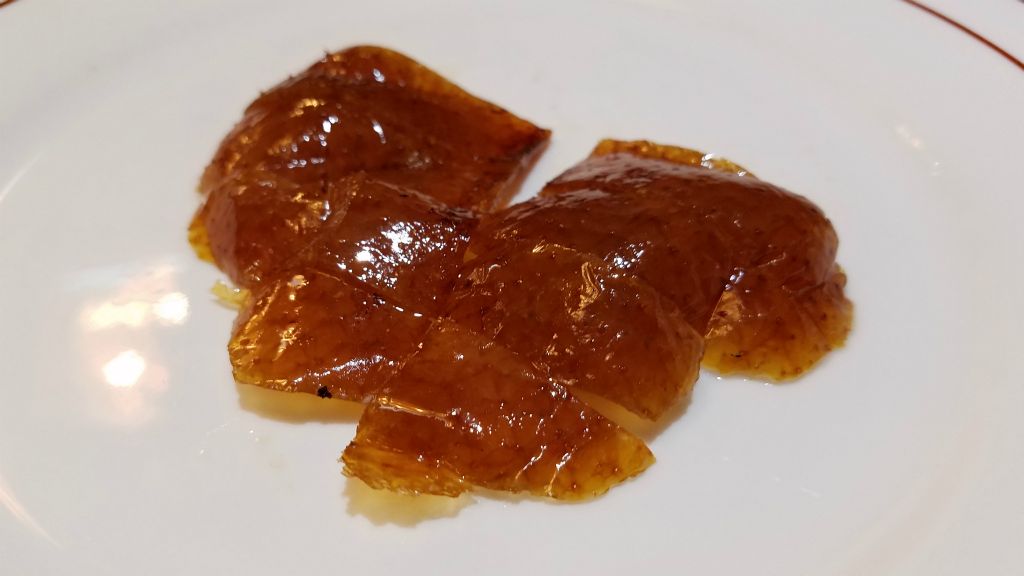

But there’s also Guilin “mi fen”, a simple but delicious rice noodle dish; Yangshuo pork-filled snails and beer fish, dishes that are best shared with others (it is incredibly hard to finish a whole beer fish solo, ask me how I know); Pingyao beef, cured slices/cubes of beef whose origins date back to the 1st century (!), that looks raw and unappetizing initially but once portioned and presentable, packs a lot of flavor in each piece; “Paomo”, a specialty of Shaanxi cuisine, a hot stew of chopped-up steamed leavened bread (mántóu), cooked in lamb broth and served with lamb meat, sometimes substituted with beef; “Lamian”, noodles cooked with fried mutton piece, onions, cooked tomatoes and chili peppers, commonly found in Xinjiang province; “Zhua fan”, an oily rice dish akin to fried rice, also another Xinjiang specialty and a dish that starts telling travelers they are in Central Asia because it is a staple in those parts.
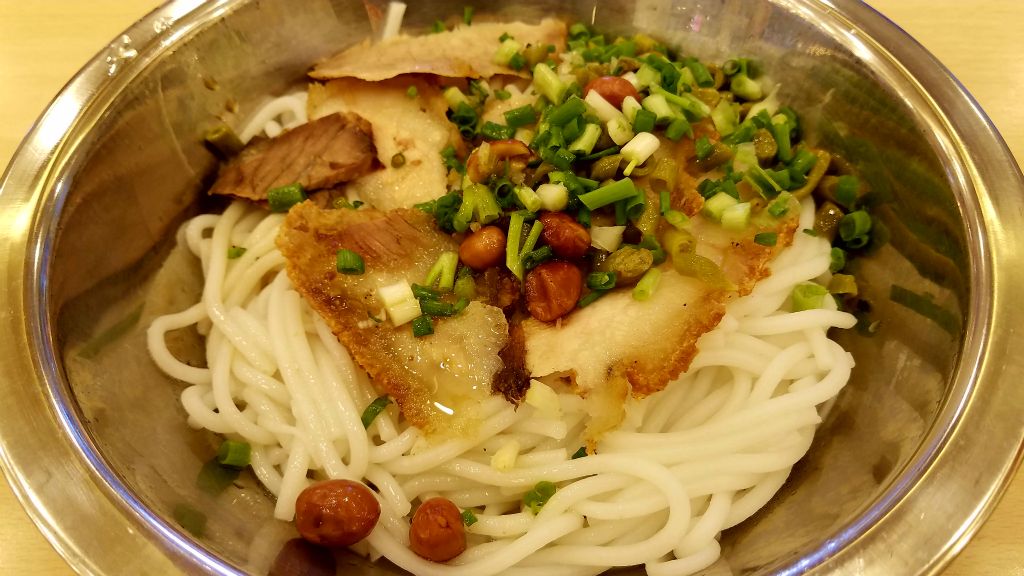
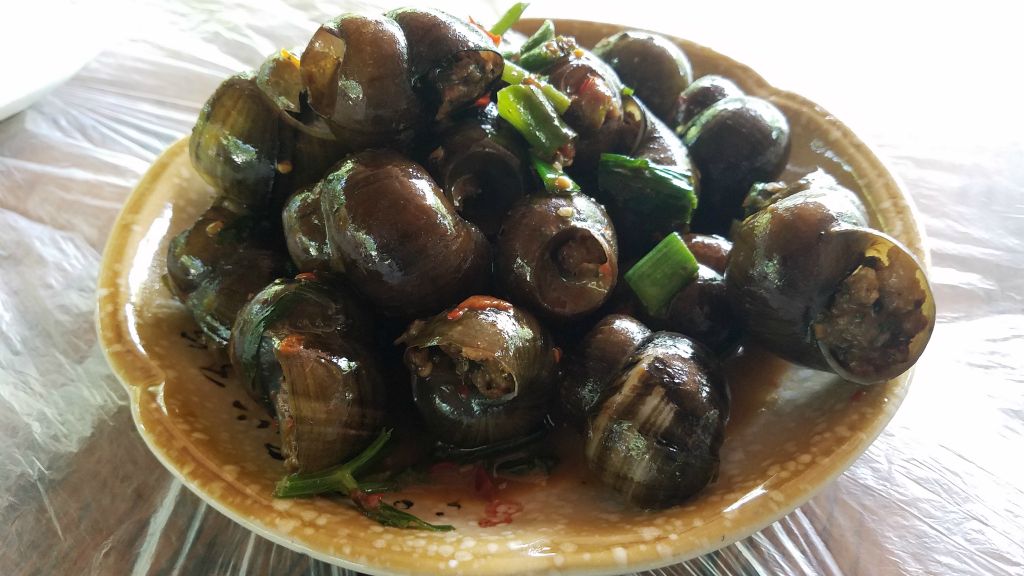
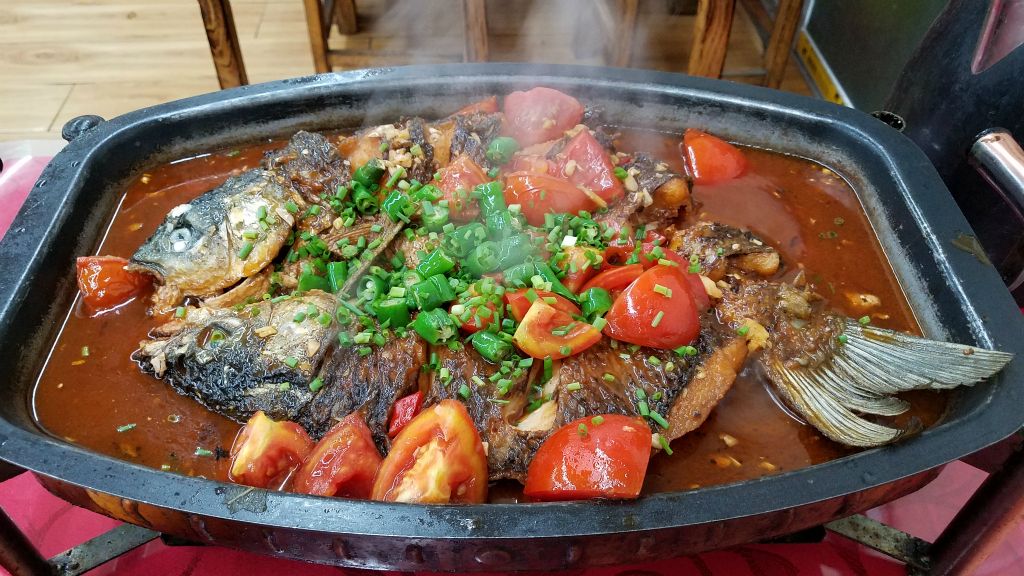
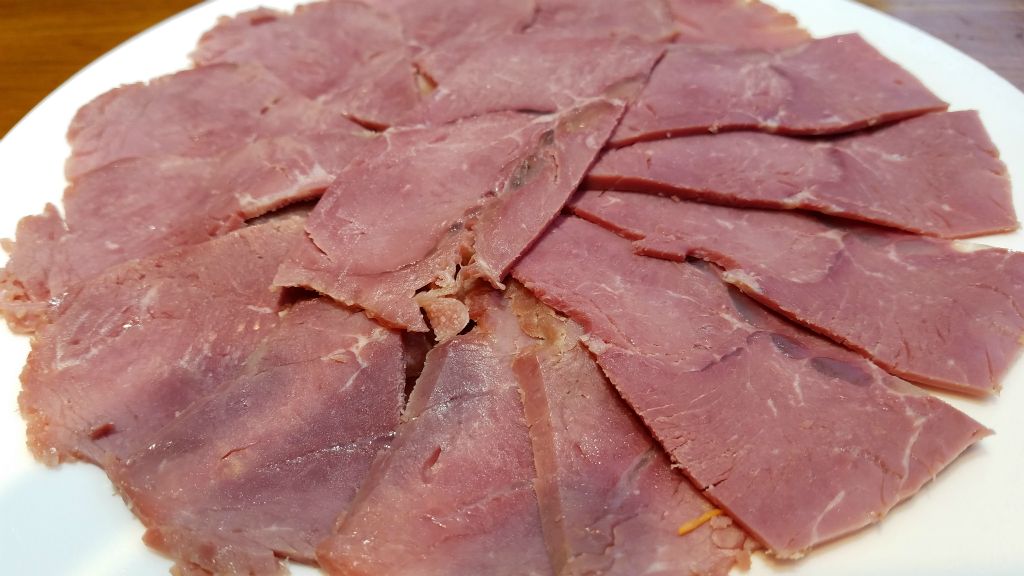
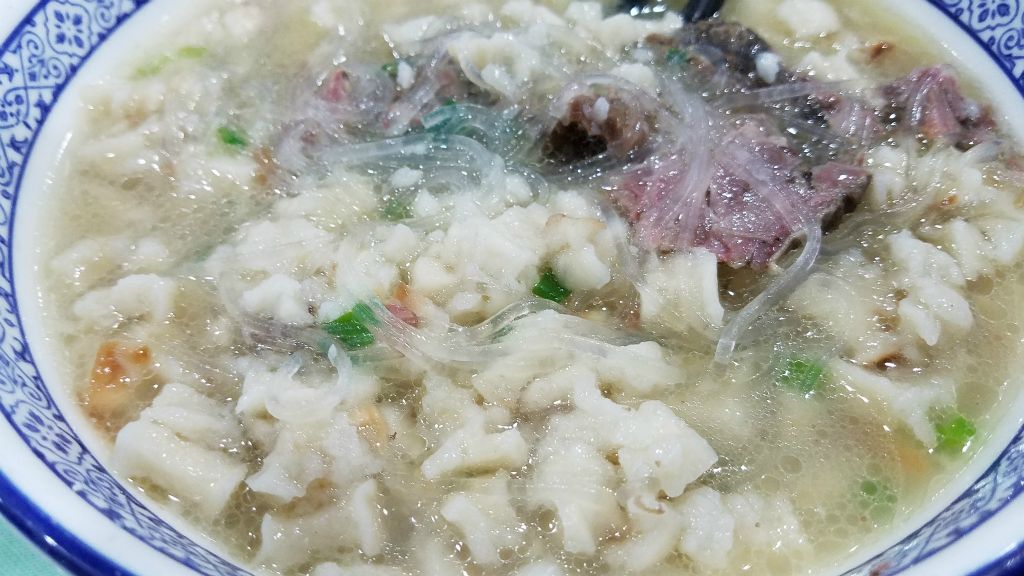
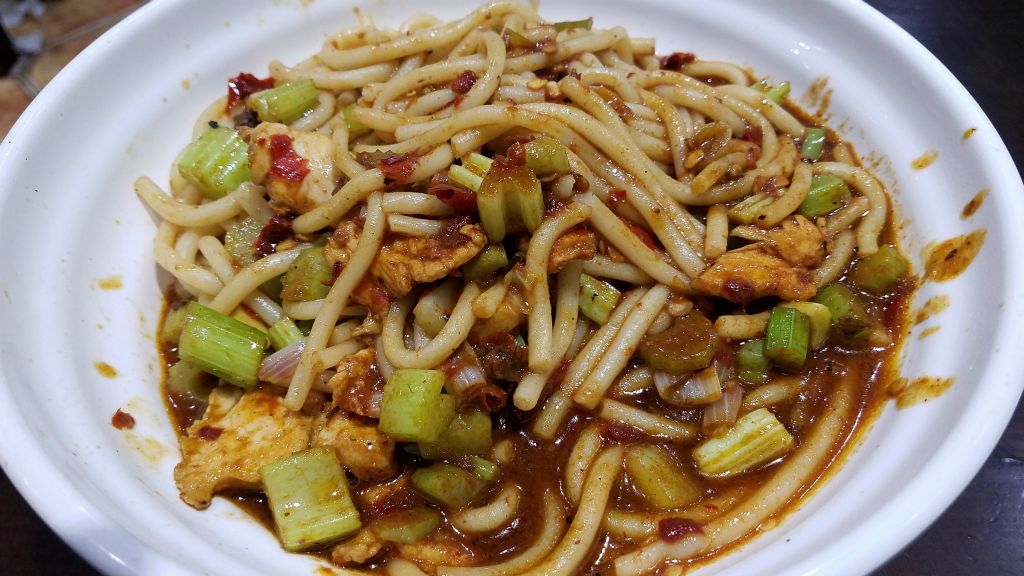
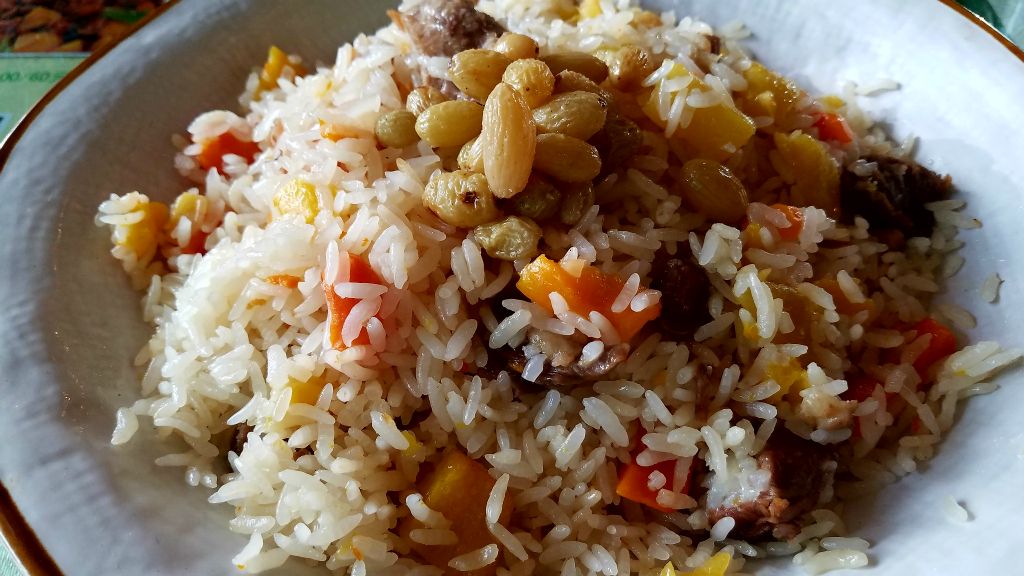
The above dishes are only a small percentage of great food that can be found in China. (Although Hong Kong is now technically part of China, I think the greatness of its cuisine is stand-alone and can/should be written about separately.) I think the bad rep that China gets for its cuisine is like bad rep earned for so many countries out there when the media highlights the bad parts, e.g. a terrorist act, and everyone then gets the wrong impression. I know I was one of them.
Bonus:
Are insects the food of the future? With a deep fryer and some chili powder, I believe it can be!
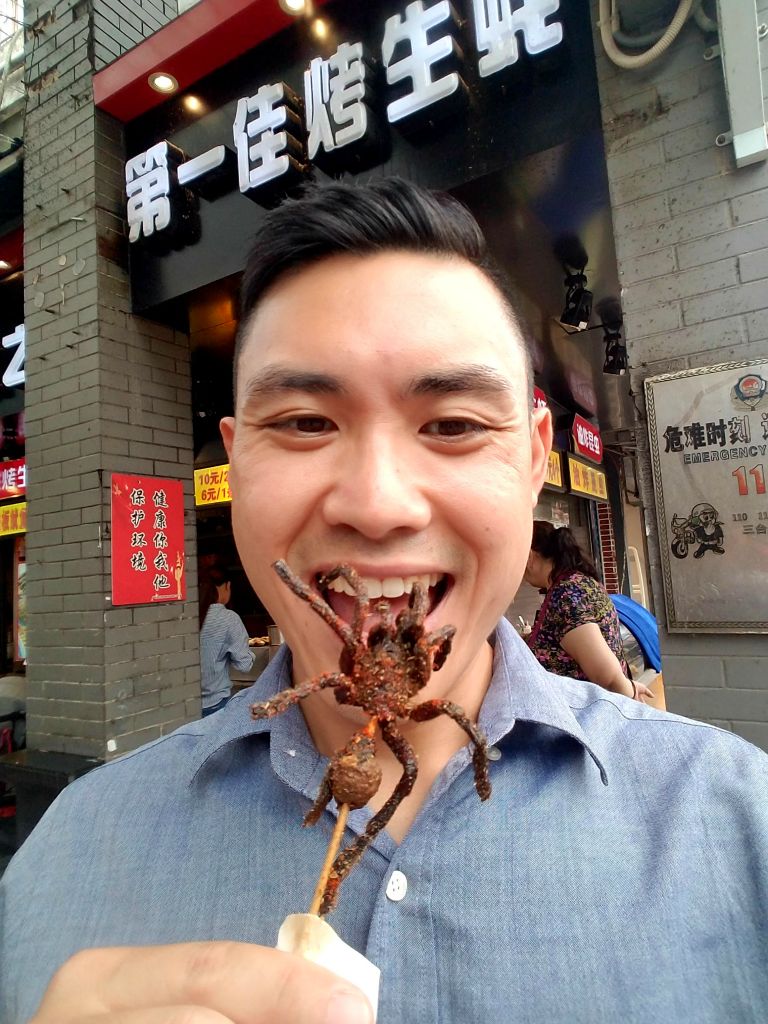
For more pictures of China, click here.